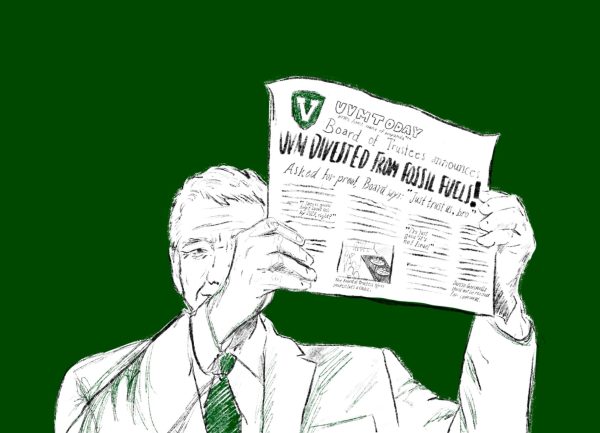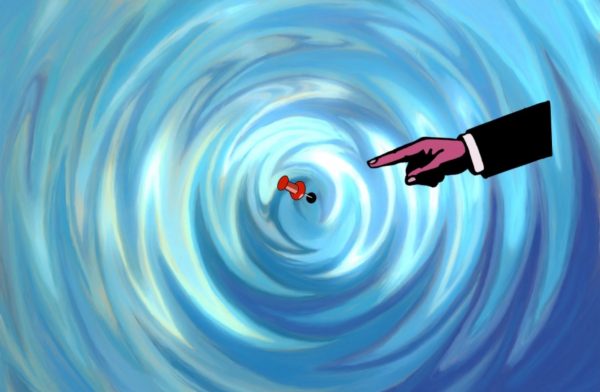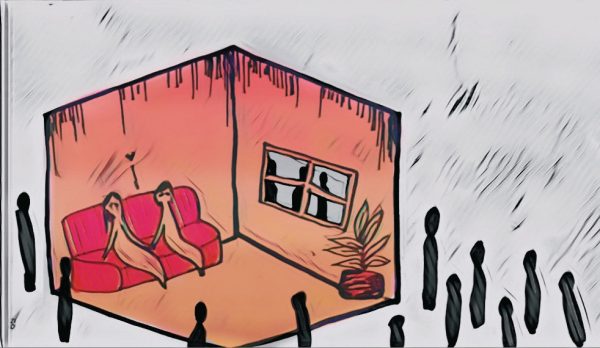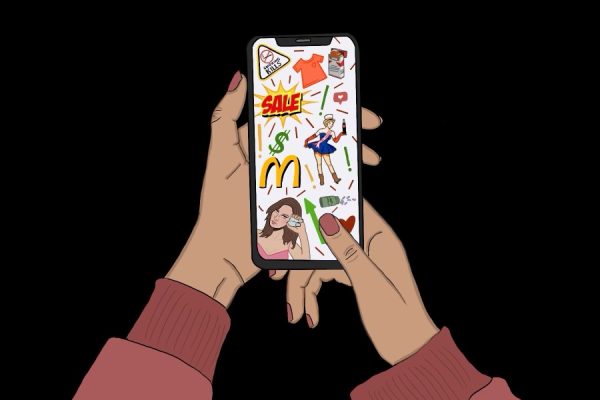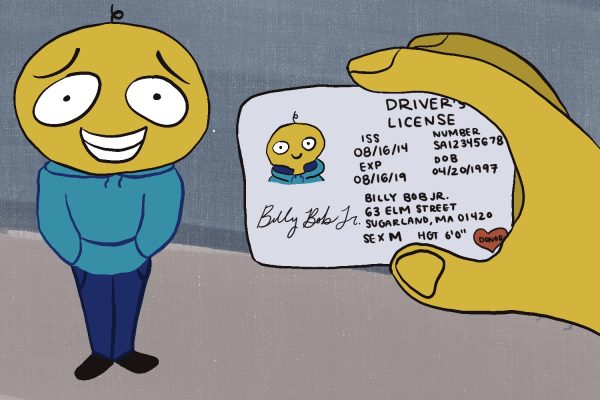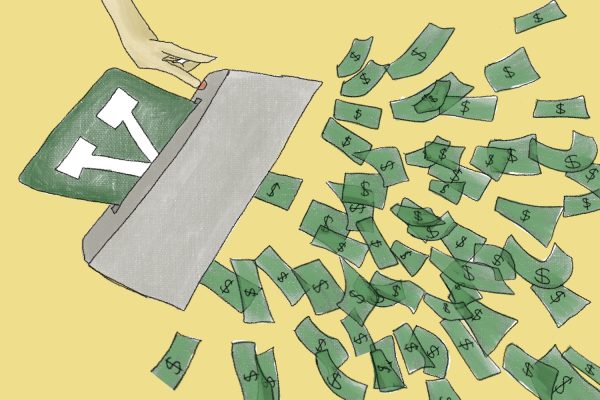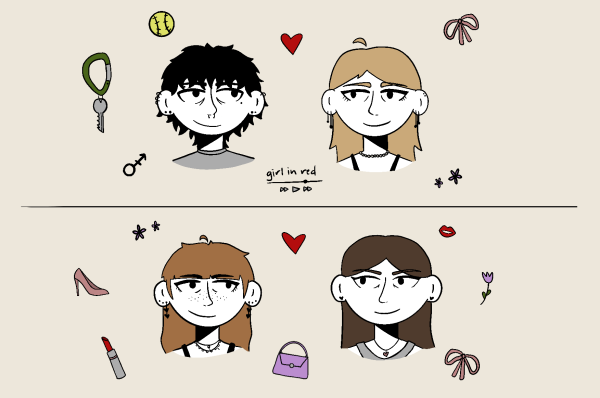U.S. profits from students
Ê
What two words strike the upmost fear in college students? No, itÕs not exam week or first-year orientation Ñ it is the dreaded student loans.
In case you fell behind on the news this summer, student loan reform has been stampeding through the press. On July 1, the interest rate on student loans doubled after Congress failed to meet the deadline to prevent the rates from increasing.
Partisan squabbling ensued for over a month until action was taken and compromises were made, illustrating yet another example of CongressÕ sheer disregard for timeliness.
In 2007, Congress lowered the interest rates on Stafford loans to 3.4 percent. Stafford loans are for students enrolled in higher education institutions and are aptly named after VermontÕs own Robert Stafford, a governor, senator and U.S. representative from Rutland.
Problems continued when the lowered rates were set to expire last year, but due to the presidential election the debate of whether to continue the cuts was put off until this year when matters went awry.
In a culmination of the debates, speculation and eventually a degree of bi-partisan effort, the Senate and the House approved the reduction of the student loan interest rate. With a flourish of his pen, President Obama signed the student loan interest rate compromise into law, thereby lowering the federal student loan rate from 6.8 percent to 3.86 percent.
While a reduction from 6.8 percent to 3.86 percent is substantial, one must not forget the magnitude of the larger issue at hand.
The average college graduateÕs debt in 2012 was $26,000, The Atlantic reported. Additionally, a study by the Department of Education revealed that 57 percent of students receive federal assistance, while 41 percent of all undergrads had taken out loans for their education.
While the media rushed to praise the results of the interest rate reduction for students, the fact remains that higher education is becoming less accessible to the general population.
A decrease in the interest rate is a short-term solution for a much larger problem. Not only is college frighteningly expensive, but the government also has a profit incentive in providing student loans.
A recent report by the Congressional Budget Office predicted that the government will clear $175 billion in profit from these same student loans over the next decade. USA Today reported that while these reduced interest rates are helpful to students in the short term, less than a decade down the road interest rates will rise again and students will continue to struggle with debt while the government profits.
According to the Wall Street Journal, the source of government profit in student loans is that the government is currently borrowing at unprecedented low rates, and in the next decade, will charge students higher rates to borrow. The current ten-year Treasury yield is around 2.5 percent, and while the student interest rate is now at 3.86%, the differences between the two rates is expected to grow.
Profit is a part of the loaning process. However, there is an ethical dilemma Ñ how much profit is acceptable, and when does the situation get out of hand?
The focus should be on making college affordable to students, not supplying more funds to a government that has great difficulty managing them. If a populace does not have access to higher levels of education, the ramifications are palpable and widespread.



![Can’t buy me [self] love](https://vtcynic.com/wp-content/uploads/2024/04/self-care-FINAL-600x398.jpg)
